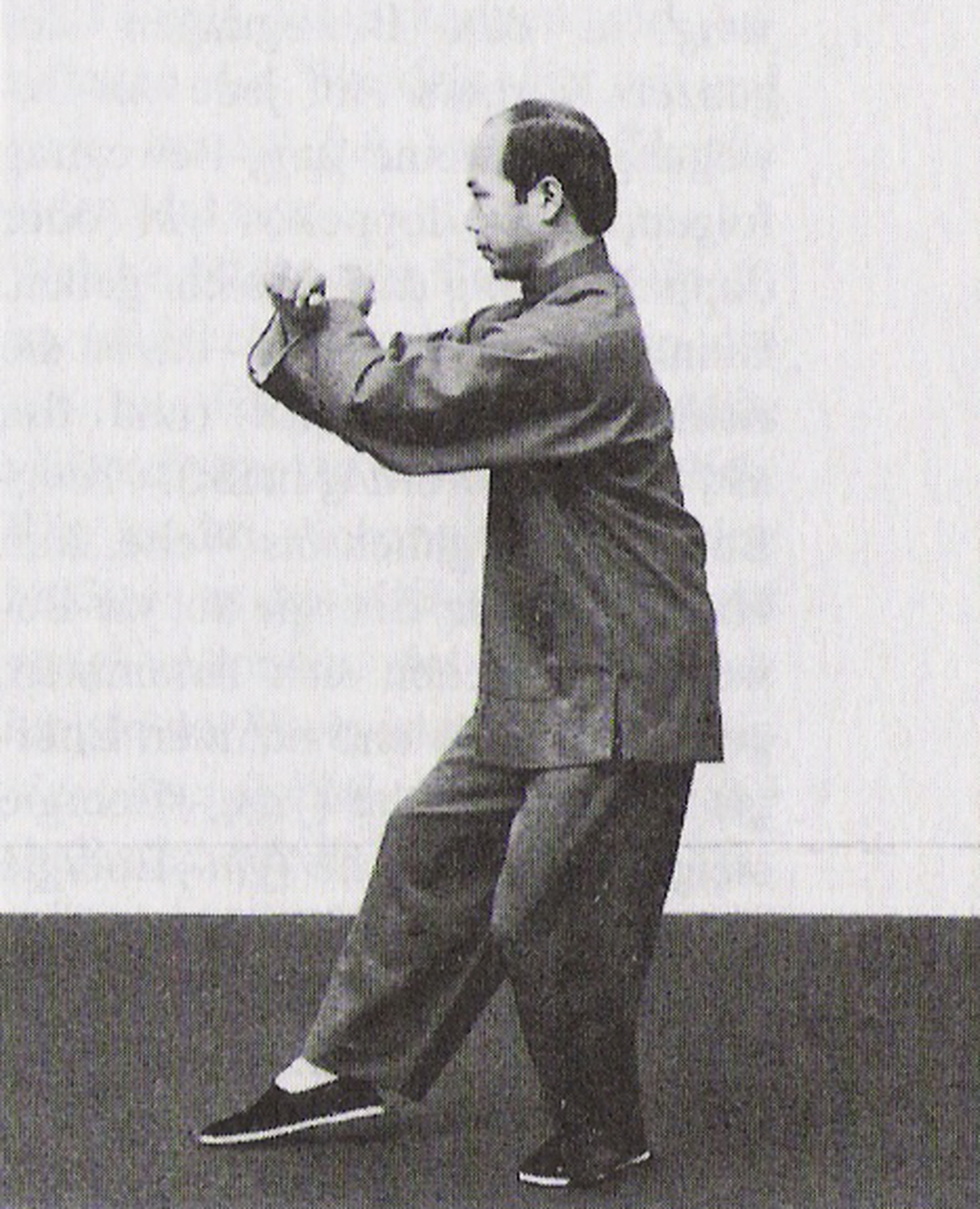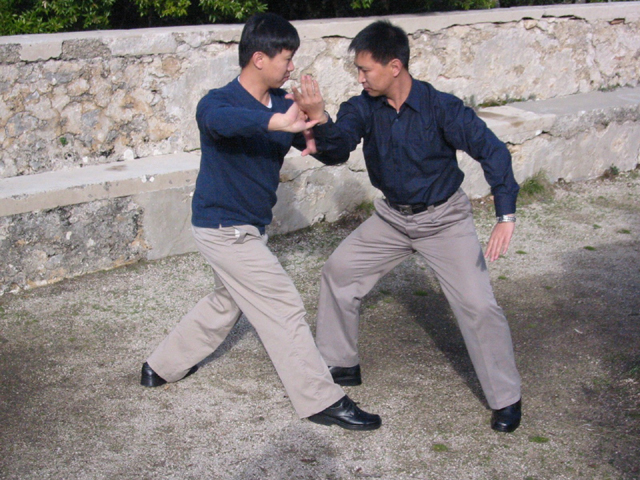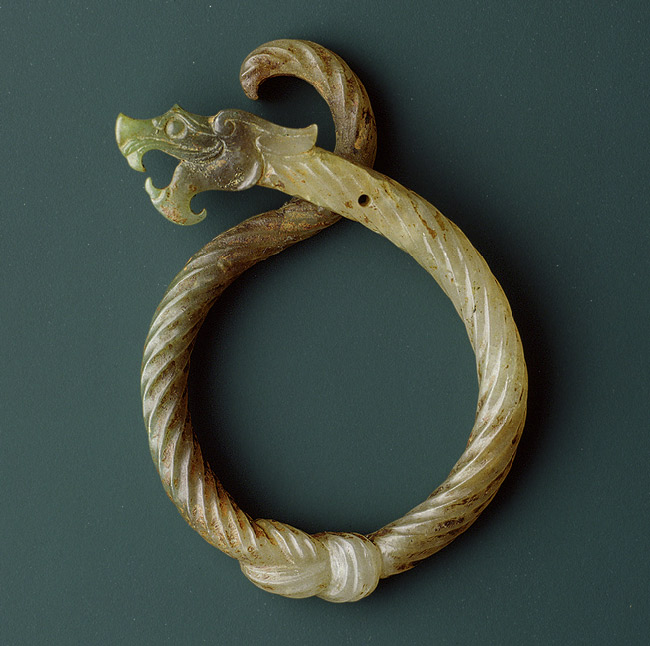Ah Louis wrote:Yang Cheng-fu (1883 - 1936) famously said, "Sink the chest and pluck up the back. The chest is depressed naturally inward so that the ch'i can sink to the tan-t'ien [field of elixir]. Don't expand the chest: the ch'i gets stuck there and the body becomes top-heavy. The heel will be too light and can be uprooted. Pluck up the back and the ch'i sticks to the back; depress the chest and you can pluck up the back. Then you can discharge force through the spine. You will be a peerless boxer."
If you are a die hard Yang style practitioner it is an absolute to "pluck up the back." Yet, I have see enough Chinese Yang style students and masters develop chronic kyphosis as a result of following Yang's dictum.
What is the forum's thoughts. To what degree should the plucking up the back should be, slight, moderator, or to the degree of kyphosis? I will refrain at this point from giving my opinion, so to read responses and experiences from others.
The original word is Han Xiong Ba Bei 含胸拔背.
Han 含 is commonly, erroneously translated as sinking. Han in general means contain, or specifically holding something in your mouth (like a cough drop).
Ba 拔 mean pull or draw out (like a sword). Usually it means in upward direction.
A lot of these alignment cues are easier understood as what not to do. Taijiquan skill is about having the quality of a ball - any outside force landing on it, unless it's perfectly centered throughout the duration of that force (basically impossible), that force will cause the ball to rotate, and that in turn cause the pusher to be off-centered and maybe lose balance. In most applications, your hand/arm in front of your body that is in contact with the opponent is the front of the ball. Your back is the back of the ball. This is a pretty common body mechanics in internal martial art.
So the common misunderstanding is we have to think "yield opponent's force...". The ball has no intention. If you push it, it being a ball, will naturally rotate because of our off-centered push. It is we who cause ourselves to fall. The ball doesn't have to have any consciousness about 'borrowing opponent's force' or 'redirect opponent's force'. So the goal of our training, the reason we spend so much time practicing the form, is so our body can taken on all the natural qualities of the ball. Then in real fight, no matter what force land on it, the body moves naturally as result, without thinking, and solve the problem instantaneously, naturally.
In external martial art the skill and therefore body alignments are different. For example in Shaolin Quan the chest sticks out. It's correct for them because they don't care about having the quality of a ball. If we do that in Taiji than the back of the ball will lose the necessary structure. So to do Han Xiong means to do the opposite of sticking the chest out. Here the use of word Han is important. Traditionally masters say Han here is short for bao han: big hearted inclusiveness that contain elements of humbleness and forgiveness. So that's the attitude we greet opponent's force - like a generous host. "Oh you want to come in, sure, we have room for you."
If you do this too much, that you end up with a hunched back. That violates the foundational goal that all of these alignment cues are trying to construct - a centered (not have a basic, permanent bias/leaning to any direction), neutral (equal amount of open space on all sides) spine. Martial art is art of movement. A centered, neutral spine fulfills the 2 opposite requirements for the body in martial art/sports: stability (ability to remain in place despite outside force) and mobility (able to change and move into any shape and position quickly).
To cure the hunched back, we also do Ba Bei (pull the upper back straight up) at the same time. Traditionally there are 9 alignment cues, most of these are in pairs like Han Xiong Ba Bei so the alignment for that area of the body is balanced.
So how much Han is enough? In Wu style, the traditional cue is think your nipples melting like wax, converging on the navel. That's all.
In general, with all of these cues in internal martial art, the guideline is 'have that intention/image in the mind inside, but don't try to do it that big (really try to force it) with the body physically outside'.








